Athens Golden Age
Acropolis of Athens and its monuments are all inclusive symbols of classical spirit and civilization and shape most prominent engineering and imaginative complex granted by Greek Antiquity to the world.
In 5th Century BC, Athens, following victory against Persians and setting up of democracy, took a controlling position amongst other city states of the ancient world. In age that taken after, as thought and craftsmanship prospered, an uncommon gather of artists put into effect ambitious plans of Athenian statesman Pericles and, under inspired guidance of sculptor Pheidias, transformed rocky hill into a unique monument of thought and arts. Most important monuments were built during that time: Parthenon, built by Ictinus, Erechtheon, Propylaea, monumental entrance to Acropolis, designed by Mnesicles and small temple Athena Nike.
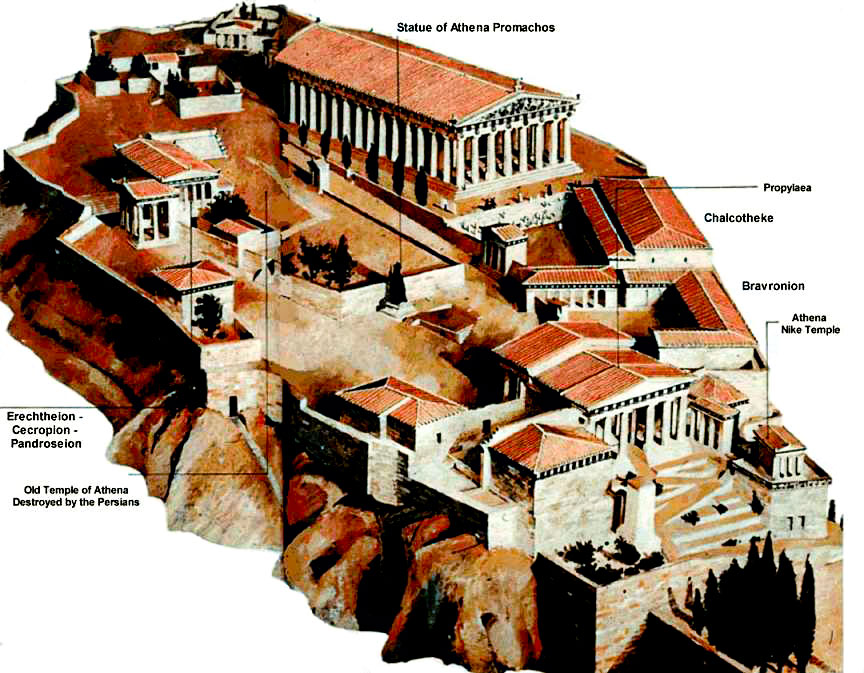
Acropolis of Athens contains inside its boundaries all key qualities that pass on property’s Extraordinary Widespread Value, as an ensemble of unique splendor in excellent condition. Perfection of ancient building techniques ensured the resistance of monuments to natural forces through time.
Despite unavoidable damage of time, they still display their beauty and convey their inestimable artistic and historic value, preserving all features that directly and tangibly associate them with events and ideas of Democracy and Philosophy. Inevitably, vicissitudes of history between 5th Century BC, and our days have caused extensive damage that is being successfully addressed with ongoing restoration and conservation works, which increment both stability and clarity of monuments.

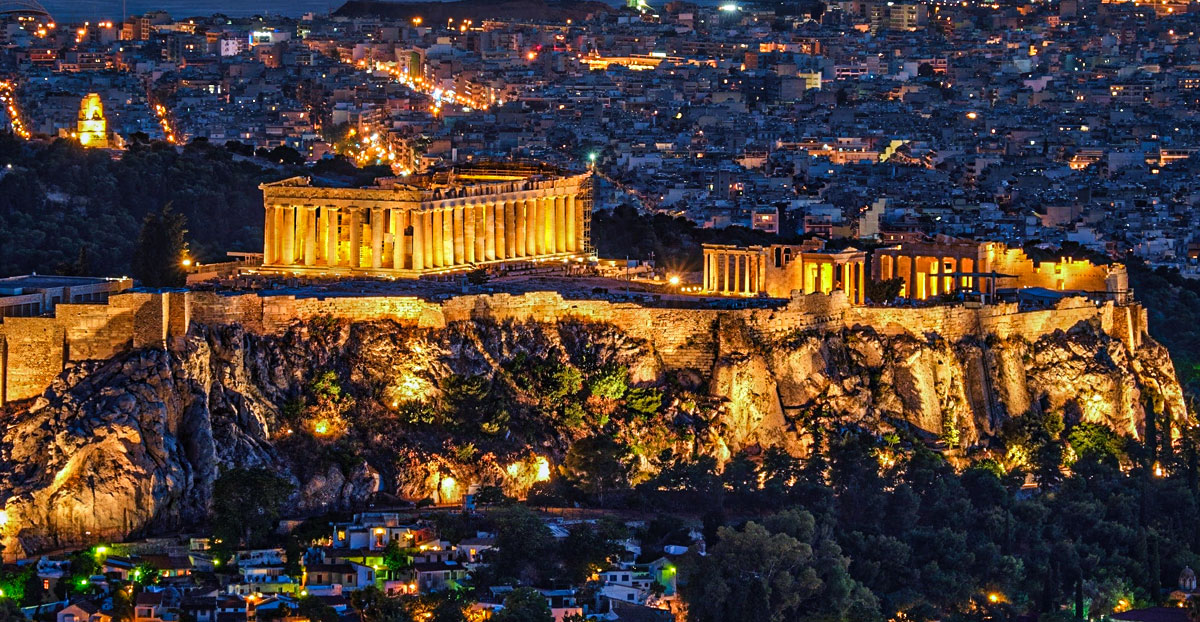

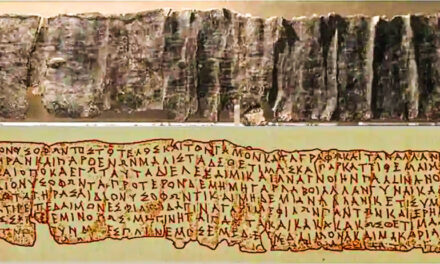
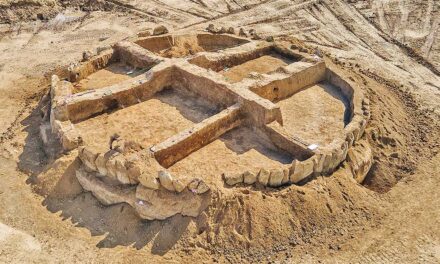
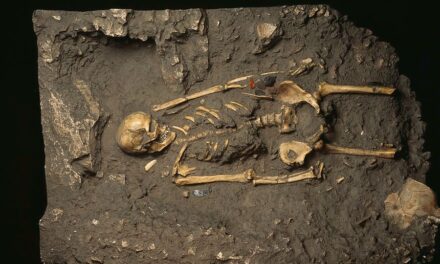
0 Comments